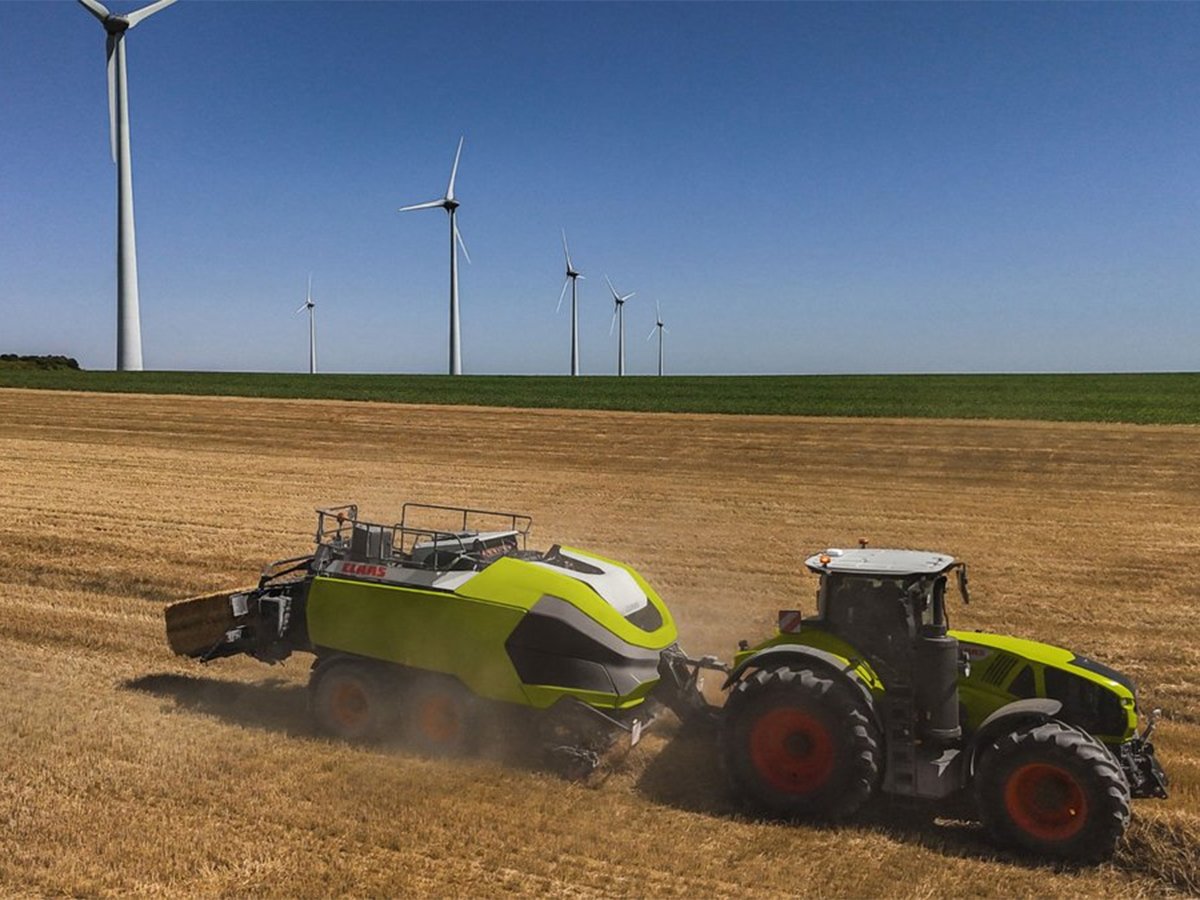A simulation of a poultry disease outbreak held in early October provided lessons for animal health experts.
Thirty-five animal health practitioners participated in the simulation, held at the University of Alberta research farm. They included personnel from the Canadian Food Inspection Agency and Alberta Agriculture.
Brad Andres, emergency program manager for Alberta Agriculture, said the exercise gave the CFIA the opportunity to practise its procedures, while provincial participants could learn from the federal agency’s experience containing exotic poultry disease.
“We wanted to practice the use of the poultry depopulation equipment, the bio-containment of a contaminated barn and the logistics of managing a single farm site,” Andres said.
Read Also

Machinery automation runs through 2025 Agritechnica innovation awards
Computer vision and AI processing for farm machinery show up many times in Agritechnica’s 2025 innovation award winners.
“The key learnings were on the bio-containment front. How much work it is to actually have people go into a contaminated barn and come out safely without spreading anything.”
The exercise was a first for Alberta and provided an opportunity to use a carbon dioxide vaporizer, which turns liquid carbon dioxide into gas and enables the simultaneous euthanization of a barn’s entire poultry population.
Chris Morley, deputy chief provincial veterinarian at Alberta Agriculture, said there is always a risk that an exotic bird disease such as highly pathogenic avian influenza (HPAI) will make its way into the province’s poultry population.
“B.C. had two outbreaks recently. There was also an outbreak at a turkey farm in Manitoba last year,” Morley said.
“Wild birds like ducks and geese can spread HPAI, which is why it’s so important to limit the amount of people that enter the barns, and to make sure they have clean boots and overalls when they do go in.”
While this exercise focused primarily on the logistics of managing a single infected barn, other simulation exercises are conducted yearly in Alberta that focus on the communication between the agencies that would be involved during an outbreak of a reportable avian disease.
The CFIA is the lead agency in cases of reportable diseases, such as HPAI and exotic Newcastle disease. When a farmer realizes there may be a problem in his poultry barn, a local vet and the CFIA are contacted.
A district vet who works for the CFIA will then go to the barn, take samples and possibly issue a quarantine order.
The CFIA will arrange for the sample to be tested locally — in Edmonton if the case is in Alberta — as well as at the National Centre for Foreign Animal Disease in Winnipeg.
The CFIA will also inform the chief provincial veterinarian that an investigation is taking place.
In Alberta, the provincial agriculture department will inform poultry industry stakeholders.
If the farm tests positive for a federally reportable disease, the CFIA will go into full response and the barn will be depopulated.
The CFIA will also contact provincial wildlife agencies and the provincial health authority because the disease can also affect people. Municipal districts and county emergency personnel will also be contacted for assistance.















